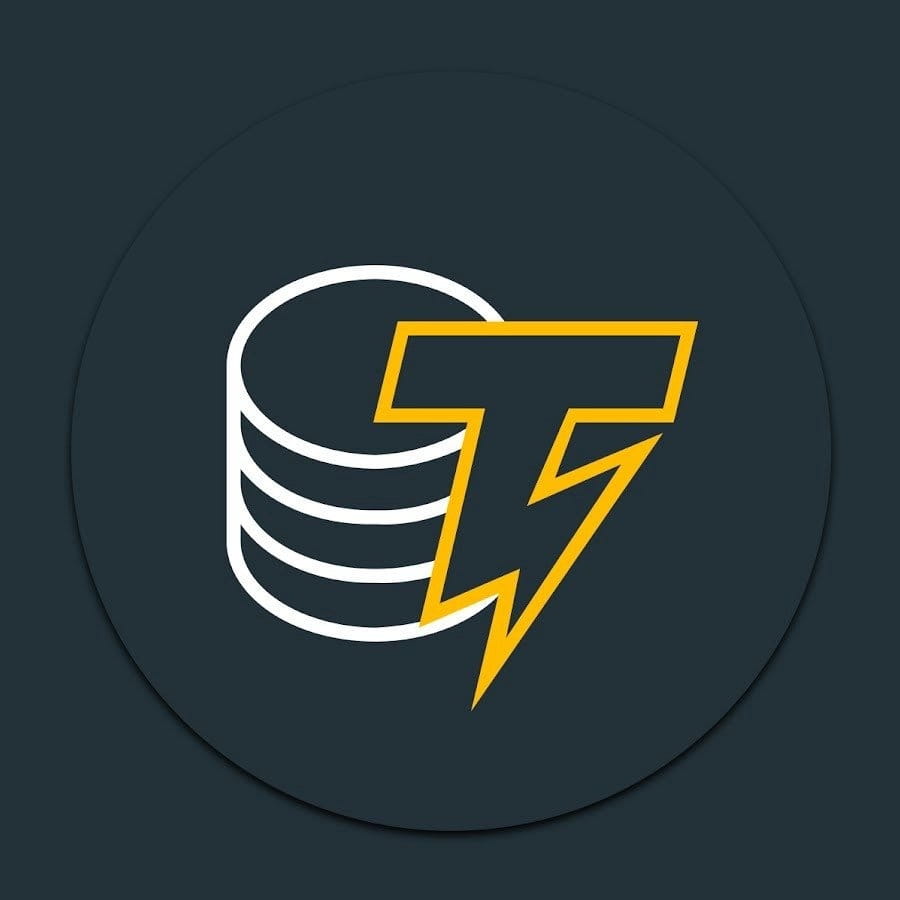


ZKsync PriceZK
ZK to USD converter
Do you think the price of ZKsync will rise or fall today?
About ZKsync (ZK)
What Is zkSync?
zkSync is a Layer 2 scaling solution for Ethereum designed to enhance the network's transaction throughput and reduce transaction fees while maintaining the core values of security and decentralization. Developed by Matter Labs, zkSync zero-knowledge rollup (zk-rollup) technology to address Ethereum's scalability challenges.
Ethereum, the world's second-largest blockchain, has faced issues with scalability and high transaction fees, particularly during periods of high network activity. zkSync aims to solve these problems by aggregating multiple transactions off-chain and submitting a single proof to the Ethereum blockchain, significantly reducing the computational load and associated costs. As a result, zkSync is a crucial development in the ongoing effort to scale Ethereum effectively and sustainably.
Resources
Official Documents: https://docs.zksync.io/
Official Website: https://zksync.io/
How Does zkSync Work?
zkSync employs zk-rollup technology to improve the efficiency of the Ethereum network. In essence, zk-rollups bundle hundreds of transactions off-chain, creating a cryptographic proof that these transactions are valid. This proof is then submitted to the Ethereum mainnet for verification. Because only the proof needs to be verified on-chain, the process significantly reduces the load on the Ethereum network, leading to lower gas fees and faster transaction times.
Moreover, zkSync is designed to be EVM-compatible (Ethereum Virtual Machine). This means that developers can deploy existing Ethereum smart contracts on zkSync without the need to rewrite code. This compatibility lowers the barrier to entry for developers and facilitates the seamless migration of decentralized applications (dApps) to zkSync, thereby promoting broader adoption of this scaling solution.
zkSync also incorporates native account abstraction, which enhances the user experience by allowing more intuitive and user-friendly interactions with the blockchain. Users can automate payments, pay gas fees in any token, or even have these fees covered by other parties. This flexibility is designed to make blockchain technology more accessible to a wider audience, further driving the adoption of zkSync.
Security is another critical aspect of zkSync. The protocol undergoes extensive audits and stress tests to ensure its robustness. By inheriting the security of the Ethereum mainnet and adding additional layers of protection, zkSync provides a highly secure environment for various blockchain applications, particularly those in the decentralized finance (DeFi) sector.
What Is ZK Token?
ZK is the native utility and governance token within the zkSync ecosystem. It plays a vital role in maintaining and enhancing the operations of the protocol. One of the primary uses of the ZK token is to pay for transaction fees on the zkSync network. Utilizing ZK tokens for fees ensures lower costs compared to the main Ethereum network.
Beyond transaction fees, the ZK token is integral to zkSync’s decentralized governance model. Token holders can participate in key decision-making processes, voting on proposals that impact the future direction of the protocol. This democratic approach ensures that the development and evolution of zkSync reflect the collective interests of its community.
Moreover, the ZK token incentivizes network security and participation. Users can stake their ZK tokens to support the network’s security infrastructure, earning additional tokens as rewards. Additionally, liquidity providers within the zkSync ecosystem are rewarded with ZK tokens, ensuring ample liquidity for decentralized exchanges (DEXs) and other financial activities on the platform. ZK has a total supply of 21 billion tokens.
Is zkSync a Good Investment?
Investing in any cryptocurrency, including zkSync, requires careful consideration and thorough research. The volatile nature of the crypto market means that prices can fluctuate significantly in short periods. Before making an investment, it's crucial to understand the market dynamics, evaluate your risk tolerance, and consider the potential for both gains and losses. Keeping abreast of market trends and engaging with the crypto community can help determine if zkSync is a good investment in 2024.
Additionally, diversification is a key strategy in managing investment risk. Rather than putting all your resources into one asset, consider spreading your investments across various cryptocurrencies and traditional assets. This approach can help mitigate potential losses and provide a more balanced portfolio. Always stay informed and be prepared to adjust your investment strategy in response to market changes, ensuring that your portfolio remains robust and well-positioned for the future.
How to Buy zkSync (ZK)
Consider investing in zkSync (ZK)? It only takes 2 minutes to create an account on Bitget and start trading ZK.
Related Articles about zkSync:
AI analysis report on ZKsync
Live ZKsync Price Today in USD
ZKsync Price History (USD)
 Lowest price
Lowest price Highest price
Highest price 
What is the highest price of ZKsync?
What is the lowest price of ZKsync?
ZKsync Price Prediction
When is a good time to buy ZK? Should I buy or sell ZK now?
What will the price of ZK be in 2026?
What will the price of ZK be in 2031?
Hot promotions
FAQ
What factors contribute to the price volatility of ZKsync?
How can I track the price of ZKsync in real-time?
What is the correlation between ZKsync’s price and Bitcoin?
Why is ZKsync's price different across various exchanges?
What is the long-term investment outlook for ZKsync?
How does network activity impact the price of ZKsync?
Can global regulations affect the price of ZKsync?
What role do market sentiment and news play in determining ZKsync’s price?
How can technological developments in ZKsync affect its price?
Is it possible to predict ZKsync’s future price movements accurately?
What is the current price of ZKsync?
What is the 24 hour trading volume of ZKsync?
What is the all-time high of ZKsync?
Can I buy ZKsync on Bitget?
Can I get a steady income from investing in ZKsync?
Where can I buy ZKsync with the lowest fee?
ZKsync news
ZKsync updates
Today's X Empire Daily Investment Fund for September 26-27, 2024
zkLink (ZKL): The Future of Multi-Chain Decentralized Applications
zkSync (ZK): Scaling Ethereum with Zero-Knowledge Proofs
ZeroLend (ZERO): The Largest Lending Market for Liquid Restaking Tokens
Dappad (APPA): Simplifying Blockchain Investments with Account Abstraction Technology
AutoAir AI (AAI): Hassle-Free Airdrop Hunting
Syncus (SYNC): Challenging Conventional Financial Structures
How Ethereum's Dencun Upgrade Will Affect the Crypto Market
Bitget Swap User Guide
Holdstation: Holding the Future(s) in Your Hands on zkSync Era
ZKsync Market
ZKsync holdings by concentration
ZKsync addresses by time held

Global ZKsync Prices
- 1
- 2
- 3
- 4
- 5
Related cryptocurrency prices
Prices of newly listed coins on Bitget
How to buy ZKsync(ZK)

Create Your Free Bitget Account

Verify Your Account

Convert ZK to USD
Buy more
Where can I buy ZKsync (ZK)?
Video section — quick verification, quick trading

ZK to USD converter
ZKsync ratings
Bitget Insights





Additional info on ZKsync
Coin overview
Coin-related
Trade-related
Coin updates
Trade
Earn
ZKJ/USDT
SpotZKJ/USDT
MarginZKJ/USDT
USDT-M Futures







